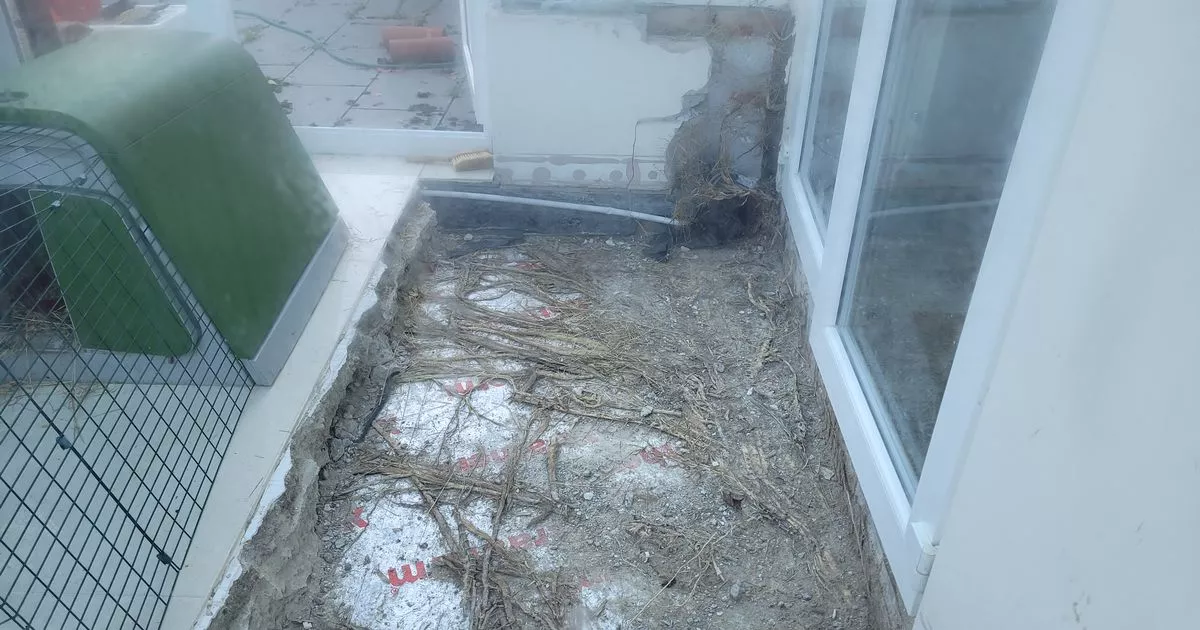Bamboo has been dubbed the new ‘Japanese Knotweed’ by invasive plant experts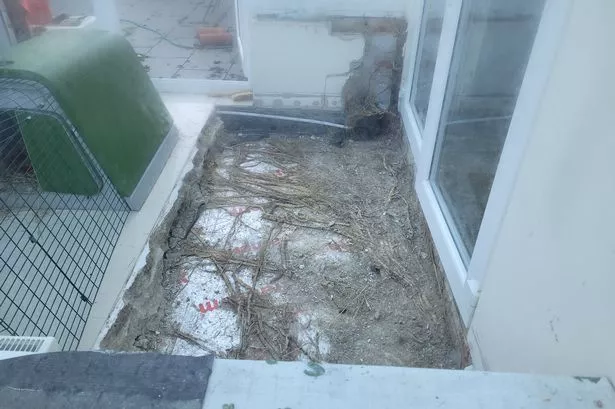 The couple’s conservatory has had to be demolished with an estimated £60K repair bill (Image: Environet )
The couple’s conservatory has had to be demolished with an estimated £60K repair bill (Image: Environet )
A couple have told how their neighbour’s bamboo plants invaded their home forcing them to demolish their conservatory and a £60,000 repair bill. The encroaching bamboo began emerging from the floor and walls of their extension and they realised it was coming next door.
Bamboo, which has been dubbed the ‘new Japanese Knotweed’ because of it’s invasive properties, is becoming a growing issue in the UK after a trend for planting it in the nineties and noughties. And so called ‘running’ varieties of the plant can spread further and faster than the notorious Japanese Knotweed, warn experts.
Homeowner Peter Barnes and his wife noticed leaves sprouting from the floor of the threshold between the garden and conservatory where it joins the main house last year. There were also leaves emerging from a crack in the wall.
Initially, the couple who live in a detached house in Brighton, were unsure what it was but quickly realised that the source of the plant was their neighbour’s garden.
Peter dug up a garden path and found a mass of bamboo rhizome, but worse was still to come. On lifting sections of the floor and removing sections of plaster from the walls, discovered an extensive network of mature bamboo stems beneath the concrete base of the conservatory, growing inside the cavity walls and extending into the brickwork of their house.
The conservatory is now being demolished – a cost which is being borne by the neighbour’s building insurer under a liability damage claim. Peter told the Telegraph the estimate for that rebuild is £60,000.
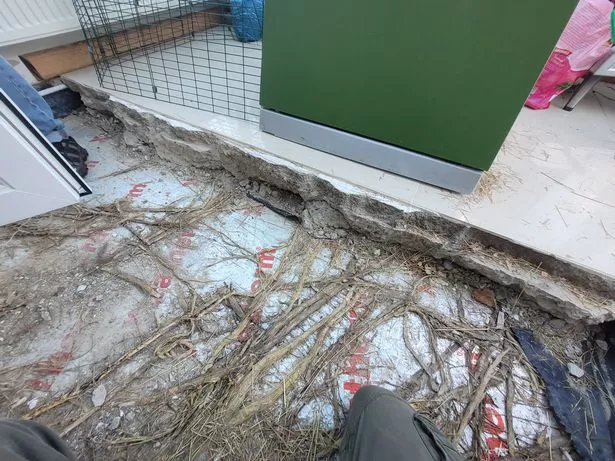 Under the concrete floor of the couple’s conservatory there was a mass of bamboo (Image: Environet )
Under the concrete floor of the couple’s conservatory there was a mass of bamboo (Image: Environet )
Peter said: “There was a large stand of bamboo growing next door when we bought the property, but we didn’t think anything of it and nothing came up on the survey.
“When we first saw the green leaves emerging inside our conservatory we thought it was some kind of grass, but then pretty quickly we realised it was bamboo.
“We hoped that if we dug up the rhizome underneath the path between our properties that would solve the problem, but it quickly became apparent that it was much more serious. When the conservatory floor was taken up and we saw the mass of bamboo underneath, we couldn’t believe it.”
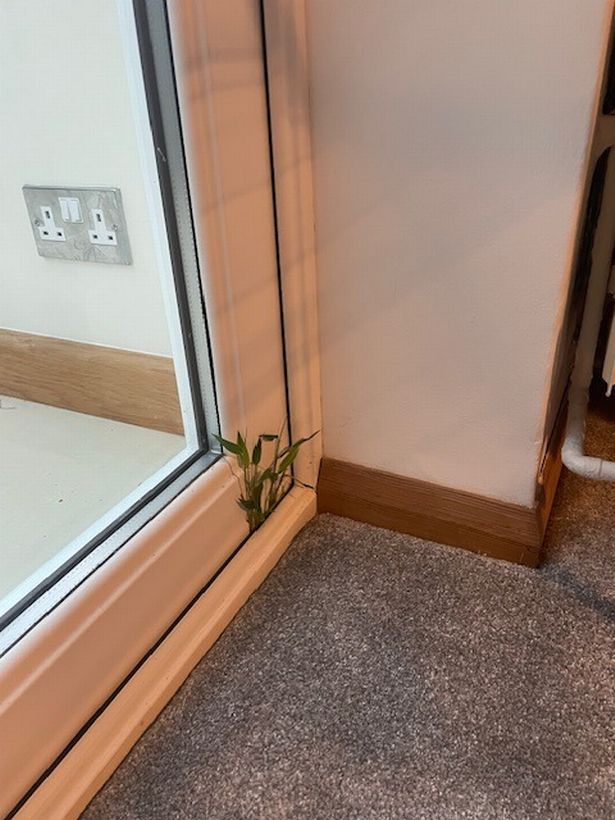 The couple were perplexed to see leaves sprouting in their home (Image: Environet )
The couple were perplexed to see leaves sprouting in their home (Image: Environet )
Running bamboo varieties have evolved to spread rapidly, colonising vast areas of ground with roots often travelling over 10 metres.
Their spear-like shoots are strong enough to pierce tarmac, paths, cavity walls, and exploit cracks in concrete or gaps in brickwork, according to invasive plant specialists Environet.
Some varieties of bamboo actually have a higher tensile strength than steel – 28,000 PSI compared to steel’s 23,000.
Yet homeowners and gardeners continue to underestimate the risk posed by bamboo, with a YouGov survey of over 2,000 people conducted in March 2025 showing that 54 per cent of people are unaware that it can cause problems such as property damage or legal disputes.
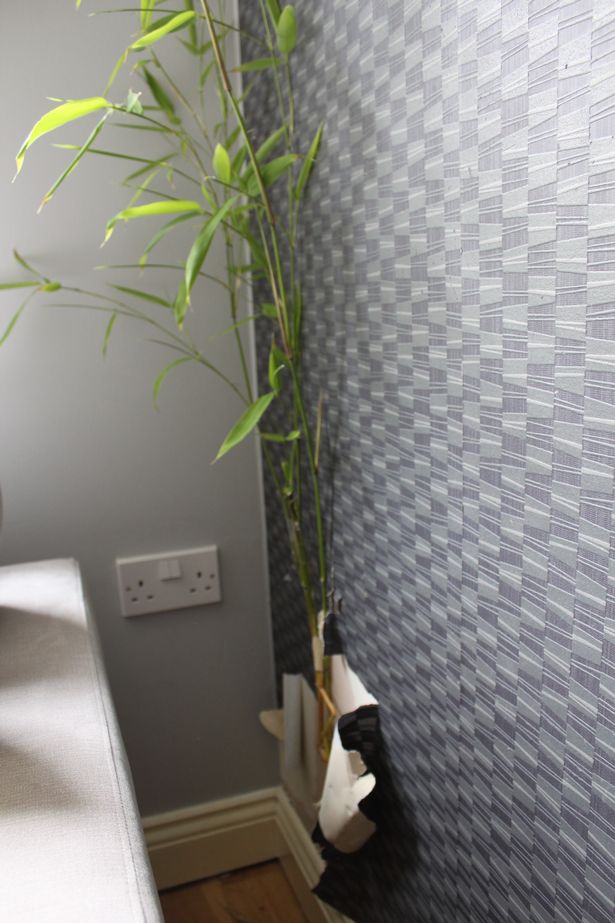 Most people don’t realise the damage that bamboo can do(Image: Environet )
Most people don’t realise the damage that bamboo can do(Image: Environet )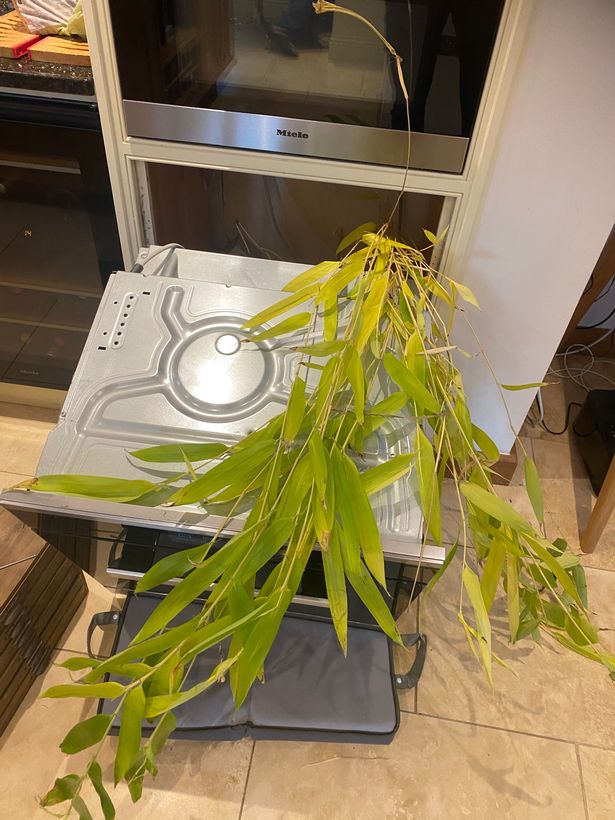 One homeowner had bamboo sprouting from their oven, so invasive is the plant (Image: Environet )
One homeowner had bamboo sprouting from their oven, so invasive is the plant (Image: Environet )
Bamboo remains popular for its hardiness, beauty and screening qualities in overlooked gardens, and is still sold by garden centres and plant nurseries with minimal warnings or advice.
Emily Grant, director of Environet, said: “We’re receiving significantly more calls about bamboo infestations than Japanese knotweed these days, and in most cases the damage caused to property is far greater. There was a particular craze for bamboo around 15 – 20years ago and where it’s been planted into the ground rather than in a pot, those plants are now fully mature and causing havoc.
“We’ve seen it growing out of living room skirting boards, kitchen floors and even sprouting out from behind an oven. In most cases the only way to deal with it once it’s found its way into a building is to dig up the floor and remove every rhizome. In this case, the conservatory has had to be completely demolished, through no fault of the homeowner’s.
“If you do decide to plant bamboo in your garden, it’s your responsibility to make sure it doesn’t spread into adjoining properties. Choose a clumping variety and plant it in a pot lined with a bamboo-proof root barrier.
“If bamboo is present on a property you want to buy, or on the boundary, it’s a good idea to get a bamboo survey so you understand any risk you’re taking on and ensure there’s no chance of a legal claim against you as soon as you move in.”
Last year, Environet launched the UK’s first insurance-backed guarantee for bamboo removal, in response to growing demand for bamboo excavation services which has more than doubled in the last five years.
It typically costs around £3,500 +VAT to remove bamboo from a residential property, although costs often exceed this.
